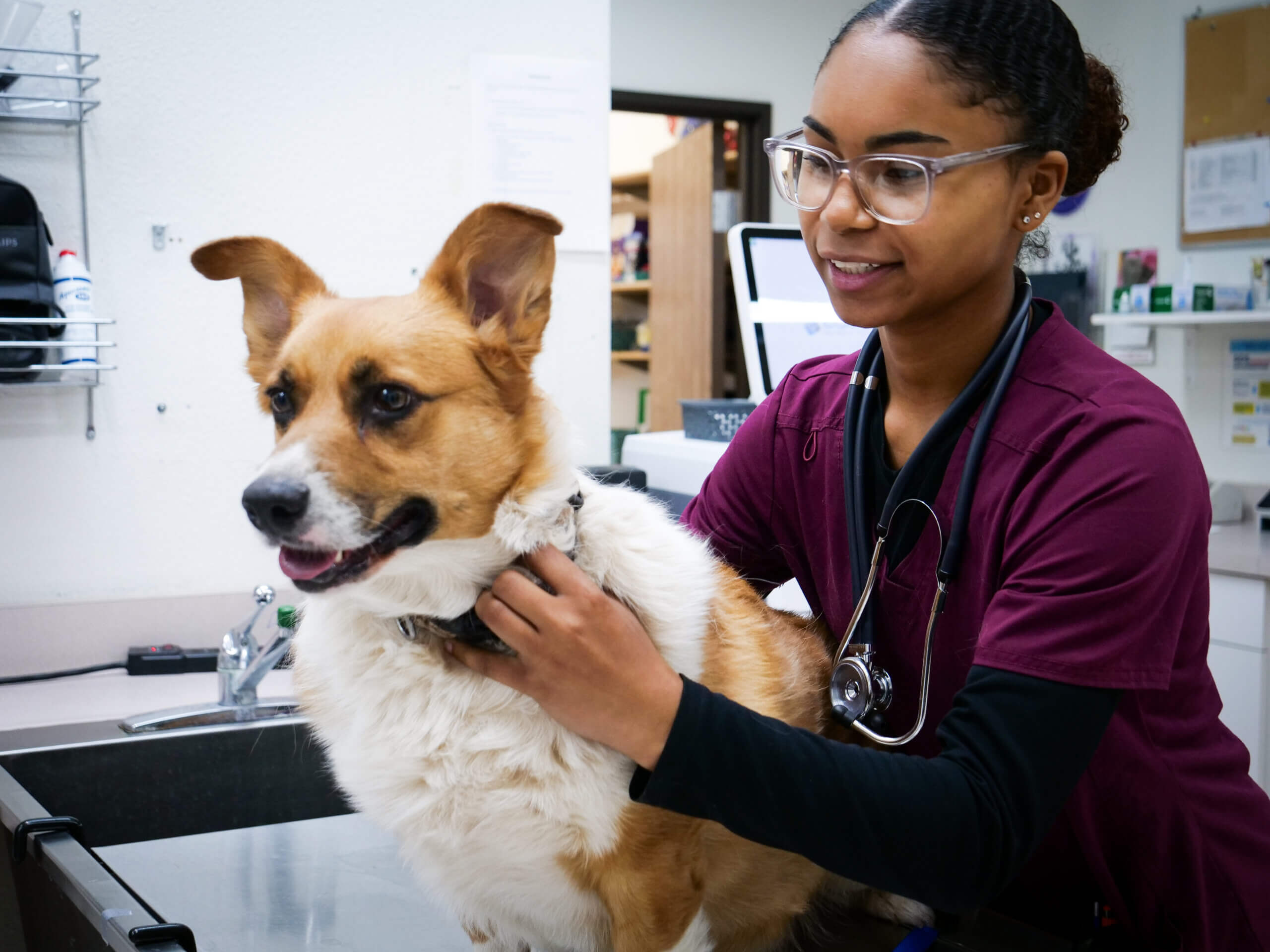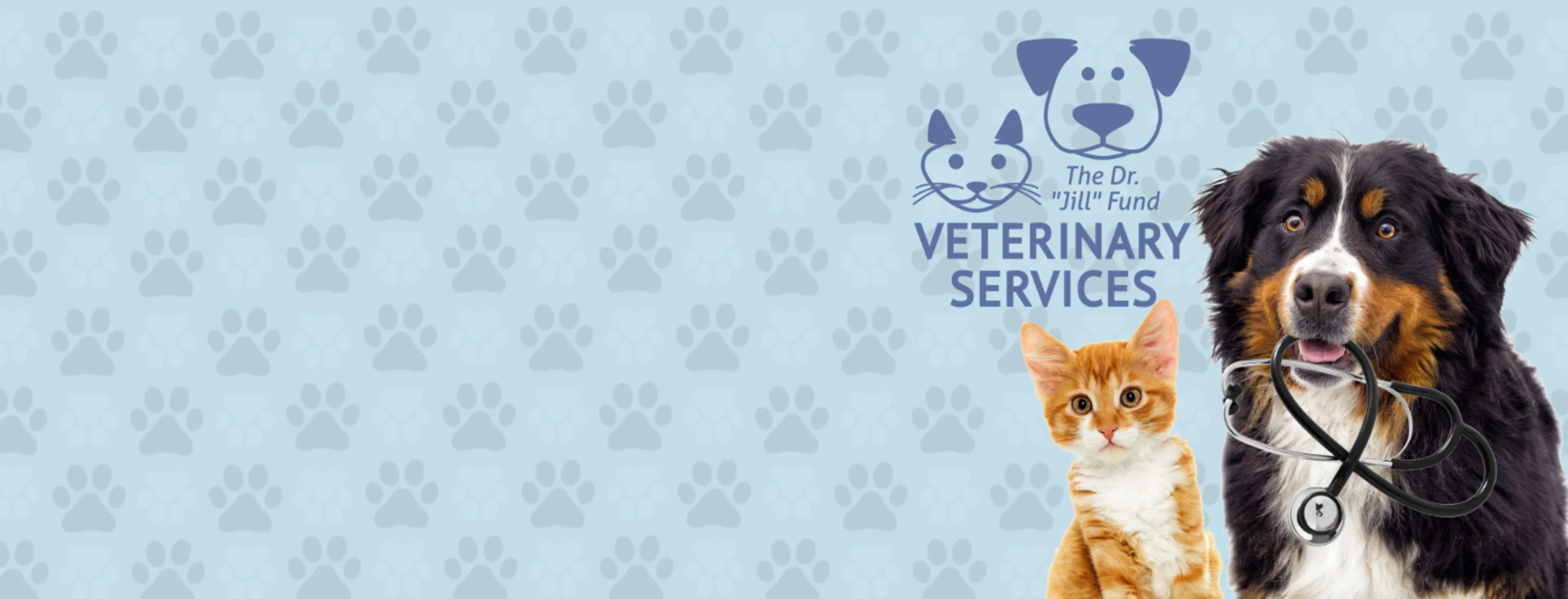Most Common Emergency Surgeries Performed at animal emergency care bellingham Centers
Most Common Emergency Surgeries Performed at animal emergency care bellingham Centers
Blog Article
Everything About Veterinarian Surgery: Recognizing the Value of Professional Take Care Of Your Family pets
Vet surgical procedure is an important component of pet medical care. It encompasses various treatments, from routine optional surgical procedures to urgent interventions. Comprehending the intricacies of these surgeries can aid animal owners make informed decisions. The preparation, execution, and recuperation phases are important for making sure the well-being of animals. With appropriate expertise, proprietors can browse the complexities of vet treatment. What aspects should be thought about prior to an animal goes through surgery?
Kinds of Veterinarian Surgeries
When a pet dog needs surgical treatment, understanding the different sorts of veterinarian surgeries can assist pet dog owners make informed decisions. Veterinary surgical treatments can be generally classified right into 3 major types: elective, urgent, and emergency surgeries. Elective surgeries, such as spaying or neutering, are prepared procedures that are not promptly dangerous. Immediate surgeries, like those for international body removal, must be executed quickly but are not dangerous in the minute. Emergency situation surgical procedures, such as those dealing with serious trauma or internal bleeding, are essential and need immediate attention.Additionally, surgeries can vary in complexity, varying from minimally invasive laparoscopic procedures to a lot more comprehensive open surgical procedures. Each type of surgery brings its very own threats and recuperation procedures. Comprehending these classifications enables animal proprietors to engage in purposeful discussions with vets, leading to much better outcomes for their precious animals.
Preparing for Your Animal's Surgical treatment
Preparing for a family pet's surgical treatment involves a thorough checklist to ensure all fundamentals are covered. Efficient interaction with the veterinarian is essential for recognizing the treatment and any needed pre-operative actions - 24 hour vet bellingham. Furthermore, having clear post-operative treatment guidelines will assist owners supply the best assistance for their recovering animals
Pre-Surgery Checklist Basics
Assuring a smooth surgical experience for a pet dog requires cautious prep work and focus to detail. A pre-surgery checklist is vital for pet dog owners to comply with. First, confirming the set up surgical procedure date and time is crucial. Proprietors ought to likewise validate that their pet dog has actually fasted according to the vet's guidelines, generally for 8-12 hours prior to surgical treatment. Gathering needed medical records, consisting of inoculation background, is essential for the vet's testimonial. It is likewise advisable to prepare a comfy area in your home for the pet dog's healing after surgery. Owners must have a strategy for transport to and from the veterinary center, making certain that the family pet is safe and comfortable throughout the trip. Following these actions can significantly improve the surgical experience.
Communicating With Your Vet

Reliable communication with the veterinarian is important for a successful medical experience for pet dogs. Proprietors need to be prepared to discuss their pet's case history, including any pre-existing problems, medications, and allergies. This details aids the veterinarian evaluate risks and tailor the medical plan accordingly. Furthermore, pet owners should ask concerns regarding the treatment, anesthesia, and anticipated end results to guarantee they completely understand the process. Making clear any type of uncertainties can reduce anxiety for both the pet and the proprietor. It is also crucial to communicate any type of behavioral changes or problems observed in the animal leading up to the surgery. Eventually, clear dialogue promotes depend on and partnership, making sure that pets receive the very best possible care during their surgical trip.
Post-Operative Treatment Recommendations
After going over the operation with the vet, animal owners should focus on post-operative care directions to assist in a smooth recovery for their pets. These instructions commonly include checking the surgical site for indications of infection, such as inflammation or discharge. Pet dogs might require to be kept one's cool and restricted to stop extreme activity that could interfere with recovery. Discomfort monitoring is essential, so proprietors should follow the veterinarian's assistance on carrying out medicines. Furthermore, dietary limitations may be encouraged to avoid intestinal trouble. Routine follow-up consultations are essential to assure proper healing and address any problems. By adhering to these post-operative care guidelines, animal proprietors can substantially add to their pet dog's recovery and total well-being.
The Surgery Explained
The surgery for family pets encompasses important steps that ensure their safety and security and recuperation. Pre-surgery preparations are vital for reducing risks, while post-operative treatment guidelines play a crucial role in promoting healing. Recognizing these components helps pet dog proprietors navigate the medical experience a lot more properly.
Pre-Surgery Preparations
Before a pet dog undergoes surgical procedure, several vital prep work have to occur to assure a risk-free and effective procedure. A thorough vet examination is important to evaluate the pet dog's general wellness and recognize any possible dangers. This may consist of blood examinations, imaging, or various other diagnostics. The vet will certainly additionally talk about anesthetic choices tailored to the animal's particular requirements. In addition, pet proprietors are commonly instructed to hold back food and water for a defined time prior to surgical procedure to decrease the threat of issues during anesthetic. It is necessary for owners to provide a complete case history, including any medicines or allergies, making sure the surgical team has all required info. Appropriate communication and adherence to pre-surgery guidelines can significantly enhance the outcome of the procedure.
Post-Operative Treatment Standards
Proper post-operative care is crucial for guaranteeing a family pet's recuperation adhering to surgical procedure. After the procedure, animals must be kept an eye on carefully for any type of indicators of issues, such as extreme bleeding, swelling, or uncommon habits. It is very important to follow the veterinarian's instructions pertaining to medications, consisting of painkiller and anti-biotics. Family pets ought to be kept in a silent, comfy atmosphere to decrease stress and promote healing. Limiting activity is essential; short, leashed strolls might be essential, yet jumping or running ought to be prevented. Regular follow-up consultations must be scheduled to assess the recovery procedure. Additionally, the surgical website has to be maintained clean and dry, with any type of signs of infection reported to a veterinarian quickly. Following these guidelines boosts healing results.
Anesthesia and Discomfort Management
Reliable anesthetic and pain monitoring are important elements of vet surgery, making sure that pets stay comfortable and safe throughout the treatment. Veterinarians evaluate each animal's individual needs, considering variables such as age, weight, wellness condition, and the kind of surgery being performed.Anesthesia methods typically consist of a mix of pre-anesthetic medicines, induction agents, and inhalant anesthetics, enabling accurate control over the animal's degree of consciousness. Surveillance during surgical treatment is crucial; veterinarians continually observe essential indicators to address any possible complications promptly.Pain management techniques may include opioids, non-steroidal anti-inflammatory drugs (NSAIDs), and anesthetics, customized to the pet's certain circumstance. This complex strategy helps minimize pain and advertises a smoother medical experience. By focusing on efficient anesthesia and pain monitoring, vet professionals boost the overall well-being of family pets undertaking surgeries, ensuring they get the greatest standard of care.
Post-Operative Treatment and Recovery
Complying with surgery, the focus changes to post-operative treatment and healing, which is necessary for guaranteeing a family pet's safe go back to normal tasks. During this period, pet dogs need a peaceful, comfortable environment to help healing. Owners ought to closely check their pets for any kind of indicators of discomfort or uncommon behavior.Veterinary standards frequently consist of specific guidelines associated to medicine administration, wound treatment, and nutritional changes. It is important to comply with these recommendations to lessen difficulties and promote healing. Family pets might require to be limited from vigorous activities, such as running or jumping, throughout their healing period (tplo surgery for dogs).Regular follow-up visits with the veterinarian allow for tracking of the family pet's progression and timely changes to the treatment strategy. Offering emotional support and companionship can additionally enhance an animal's recovery experience, assisting to minimize stress and anxiety and anxiousness. Overall, attentive post-operative treatment plays a substantial duty in achieving a successful recovery
Acknowledging Difficulties After Surgery
Exactly how can pet owners recognize problems after surgical treatment? Understanding of certain signs is necessary for making certain the wellness of animals during healing. Typical signs consist of too much swelling, inflammation, or discharge at the surgical website, which might signify infection. Furthermore, persistent discomfort, shown by grumbling or unwillingness to relocate, should motivate instant interest. Modifications in hunger or water intake can likewise suggest problems; redirected here a decline in these behaviors may signify pain or distress.Moreover, pet dog owners must check their family pets for any unusual habits, such as sleepiness or problem breathing, as these can be signs of severe concerns. Vomiting or diarrhea following surgical procedure might require immediate veterinary analysis. Identifying these complications early can substantially affect a family pet's healing process, stressing the importance of alertness and punctual interaction with a vet over here for any concerning signs and symptoms.
The Duty of Vet Specialists in Surgical Treatment
Veterinary specialists play a crucial role in making certain the security and success of medical treatments for pet dogs, especially adhering to surgical treatment when monitoring and treatment are extremely important. These professionals consist of vets, veterinary service technicians, and support staff, every one of whom contribute specialized abilities to the medical process.Before surgical procedure, vets carry out thorough evaluations to evaluate the family pet's health, guaranteeing that any underlying problems are managed. During the procedure, the medical team gives anesthesia, keeps clean and sterile environments, and monitors essential indicators, all important for lessening risks.Post-operative care is equally substantial; vet professionals observe for problems, take care of pain, and guide proprietors on healing methods. Their proficiency allows them to recognize very early indicators of distress or infection, ensuring prompt intervention. Inevitably, the joint efforts of vet professionals in medical care promote a risk-free environment, advertising the well-being of pets throughout the medical trip.

Often Asked Inquiries
Just how Do I Pick the Right Vet Surgeon for My Animal?
Picking the appropriate veterinary surgeon includes researching credentials, reviewing reviews, and examining the center's atmosphere. It is vital to mirror on the cosmetic surgeon's experience with particular treatments and their interaction style when making a choice.
What Are Usual Misconceptions About Vet Surgeries?
Usual misconceptions about vet surgical procedures include ideas that they are constantly high-risk, unnecessary, or for emergencies. Many animal owners take too lightly the advantages of precautionary procedures and the skill associated with vet surgical treatment.
Just How Much Will My Animal's Surgical procedure Cost?
The cost of a pet dog's surgery can differ significantly based upon elements such as the sort of procedure, the vet's experience, and geographic place (emergency vet). Commonly, expenditures range from a couple of hundred to several thousand dollars

Can My Family Pet Consume Before Surgical Procedure?
Before surgical treatment, it is normally recommended that family pets abstain from eating for a specific period. This fasting aids reduce the threat of difficulties during anesthesia. Proprietors need to consult their veterinarian for exact directions tailored to their pet's demands.
What happens if My Pet Has Pre-Existing Health Conditions?
When an animal has pre-existing health conditions, it's crucial for the veterinarian to examine these aspects before surgical procedure. This analysis warranties appropriate pet treatment safety measures are taken, reducing threats and enhancing the family pet's general security during the treatment.
Report this page